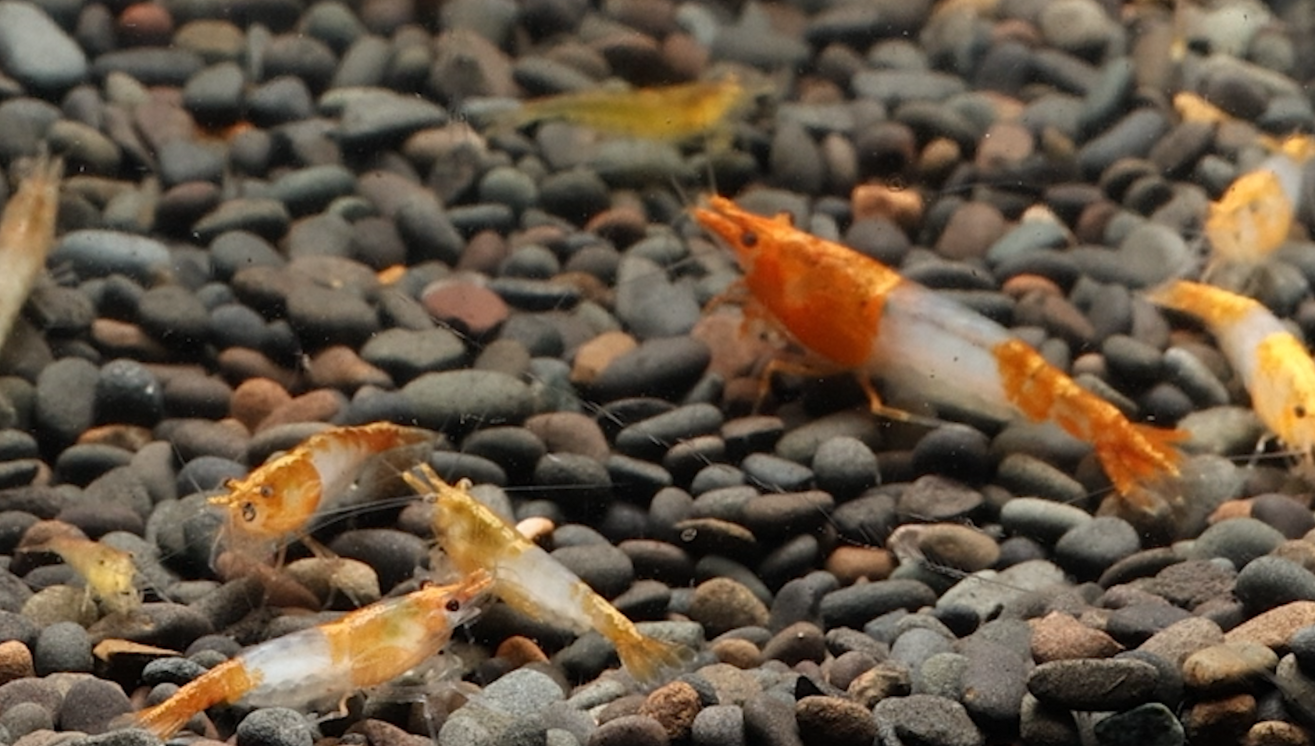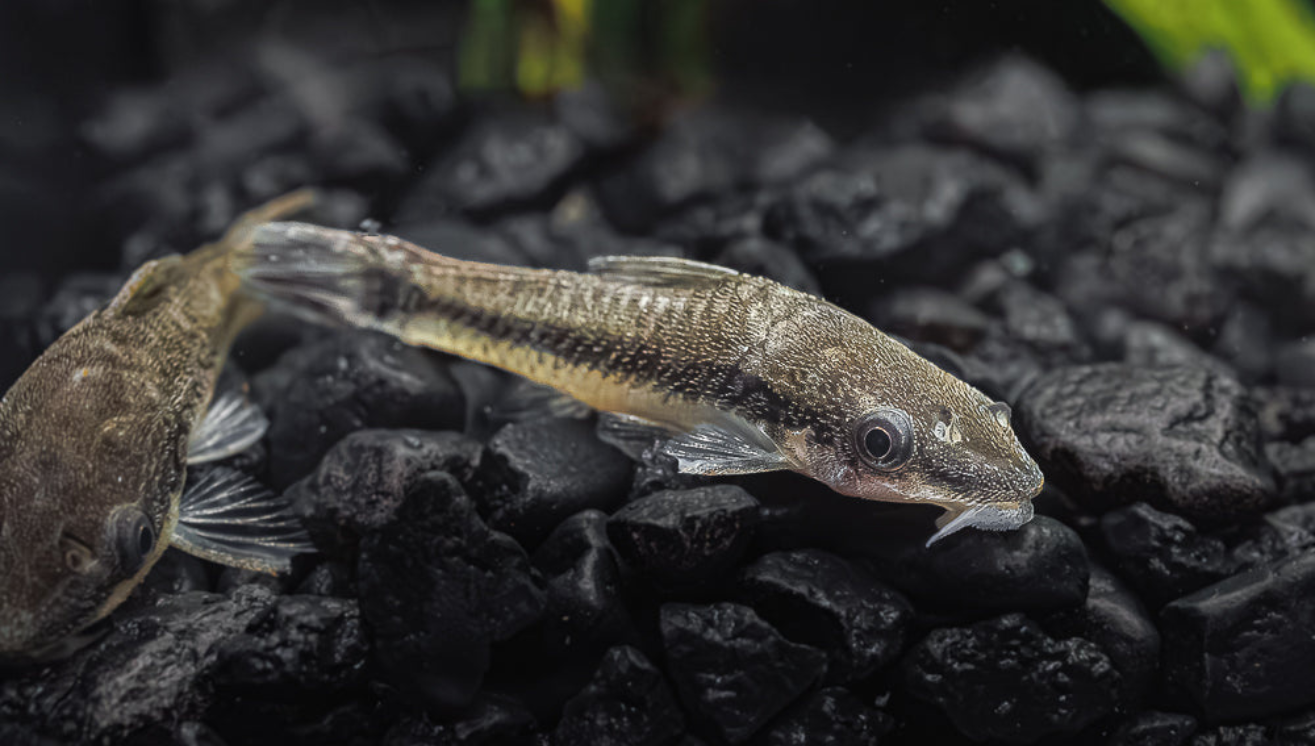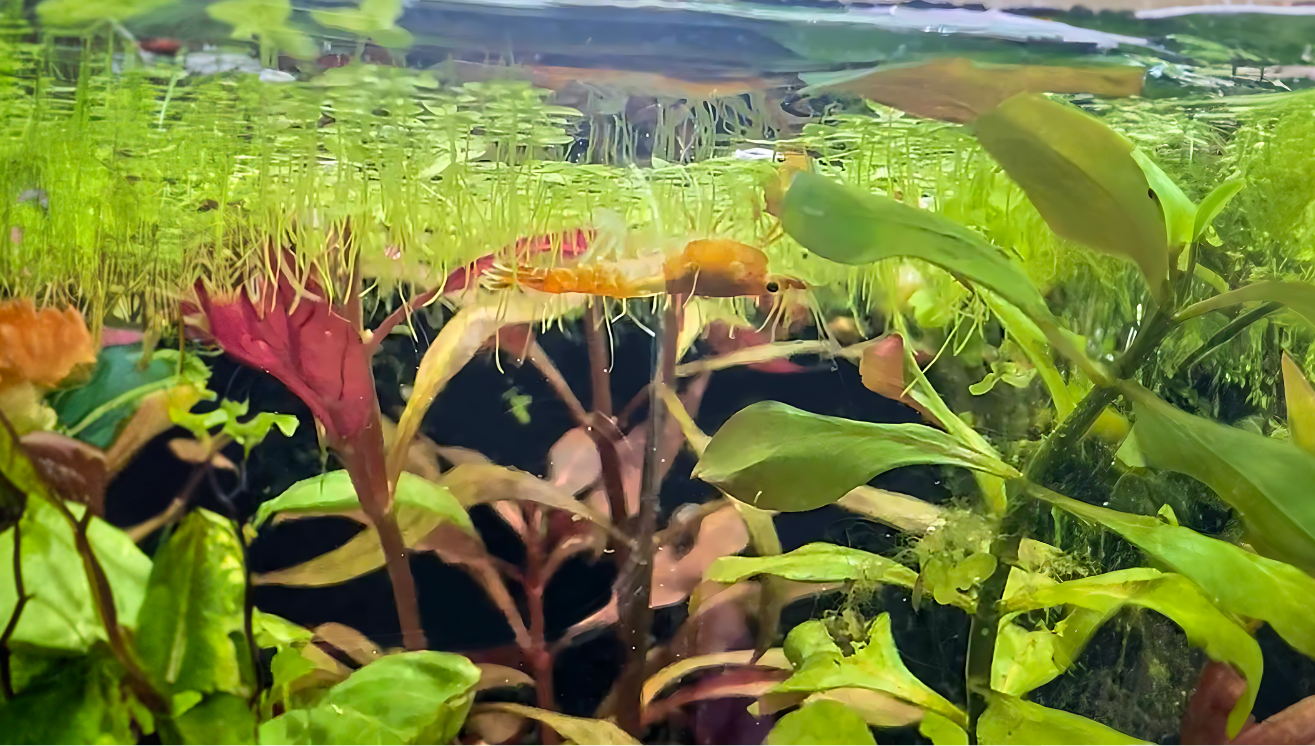Your Cart is Empty
🚚 Flat-Rate FedEx Priority Overnight — Just $26.99 (Limited-Time Special!) | FREE over $200
🚚 Flat-Rate FedEx Priority Overnight — Just $26.99 (Limited-Time Special!) | FREE over $200
🚚 Flat-Rate FedEx Priority Overnight — Just $26.99 (Limited-Time Special!) | FREE over $200
by Emily Dourm May 31, 2024 3 min read

Understanding that both a lack and an excess of copper can harm shrimp, it’s crucial to maintain safe copper levels in your tank. While trace amounts are essential for shrimp health, excessive copper is detrimental. Generally, a concentration between 0.02 to 0.03 ppm is considered safe for most shrimp species. Copper can enter the tank from various sources such as the shrimp’s diet, tap water, and tank decorations. Regular monitoring with a copper test kit is recommended. If levels are too high, perform regular water changes to keep them in check. Analysis: Nitrogen (N) 0.4 %, Available Phosphate (P₂O₅) 0.15 %, Soluble Potash (K₂O) 6.8 %, Iron (Fe) 0.47 %, Magnesium (Mg) 0.31 %, Boron (B) 0.02 %, Manganese (Mn) 0.032 %, Molybdenum (Mo) 0.001 %, Zinc (Zn) 0.009 % While small amounts of copper are vital for shrimp well-being, excessive levels—often found in some medications and fertilizers—can pose serious risks. Monitoring and managing copper levels, typically between 0.02 to 0.03 ppm, is essential. Sources of copper in tanks include tap water, commercial foods, decorations, and medications. To address these concerns, test your water regularly, perform timely water changes, and choose shrimp-safe products like Shrimply Fertilizer. Regular testing, careful dosing, and understanding the sources of copper are key to maintaining a thriving shrimp habitat. In the shrimp-keeping community, there is often discussion about copper and its potential harm to shrimp. This concern likely originated when shrimp died after aquariums were treated with copper-rich medicines or fertilizers. While excessive copper can be detrimental, the trace amounts typically found in food and vegetables are not harmful and are actually necessary for shrimp’s well-being. However, high levels of copper are often found in some medicines and plant fertilizers. It’s important to seek out products that do not have high concentrations of copper and to test your water regularly. Ensuring copper levels remain low and manageable in the tank is crucial for maintaining a healthy environment for your shrimp.
In the shrimp-keeping community, there is often discussion about copper and its potential harm to shrimp. This concern likely originated when shrimp died after aquariums were treated with copper-rich medicines or fertilizers. While excessive copper can be detrimental, the trace amounts typically found in food and vegetables are not harmful and are actually necessary for shrimp’s well-being. However, high levels of copper are often found in some medicines and plant fertilizers. It’s important to seek out products that do not have high concentrations of copper and to test your water regularly. Ensuring copper levels remain low and manageable in the tank is crucial for maintaining a healthy environment for your shrimp. So you might be asking yourself: What’s causing the excess copper in my tank? Understanding the sources of copper in your aquarium is essential for maintaining shrimp health. Copper can enter your tank through various methods—but the most common ones are:
So you might be asking yourself: What’s causing the excess copper in my tank? Understanding the sources of copper in your aquarium is essential for maintaining shrimp health. Copper can enter your tank through various methods—but the most common ones are:
Shrimp Safe Fertilizer
 If you’re looking for a shrimp-safe fertilizer, we recommend Shrimply Fertilizer. Specifically designed for planted aquariums with shrimp and other delicate invertebrates, this fertilizer is free from copper and contains only trace amounts of nitrates (NO₃). Understanding the sensitivity of shrimp to copper and NO₃ toxicity, Shrimply Fertilizer ensures both your invertebrates and plants thrive without risk. The user-friendly formula promotes optimal plant growth, and the convenient dispenser makes dosing easy. Each 500 ml (16.09 oz) bottle treats up to 2,500 gallons. For most shrimp-focused tanks, dose twice a week using 1 pump (2 ml) per 10 gallons, which adds 1 ppm NO₃, 0.1 ppm PO₄, 3 ppm K, and 0.25 ppm Fe. If you experience algae outbreaks, reduce dosing to once a week and increase gradually once the algae subsides.
If you’re looking for a shrimp-safe fertilizer, we recommend Shrimply Fertilizer. Specifically designed for planted aquariums with shrimp and other delicate invertebrates, this fertilizer is free from copper and contains only trace amounts of nitrates (NO₃). Understanding the sensitivity of shrimp to copper and NO₃ toxicity, Shrimply Fertilizer ensures both your invertebrates and plants thrive without risk. The user-friendly formula promotes optimal plant growth, and the convenient dispenser makes dosing easy. Each 500 ml (16.09 oz) bottle treats up to 2,500 gallons. For most shrimp-focused tanks, dose twice a week using 1 pump (2 ml) per 10 gallons, which adds 1 ppm NO₃, 0.1 ppm PO₄, 3 ppm K, and 0.25 ppm Fe. If you experience algae outbreaks, reduce dosing to once a week and increase gradually once the algae subsides.
Comments will be approved before showing up.

by Brooke Lees October 04, 2024 2 min read
Aquarium plants do much more than add beauty to a tank, they help maintain water quality and provide natural shelter for your aquatic pets. Among the many available options, Hornwort and Anacharis stand out for their versatility, ease of care, and benefits to aquarium ecosystems. Let’s dive deeper into the differences and similarities between these two popular plants.

by Brooke Lees September 20, 2024 2 min read

by Brooke Lees September 13, 2024 3 min read